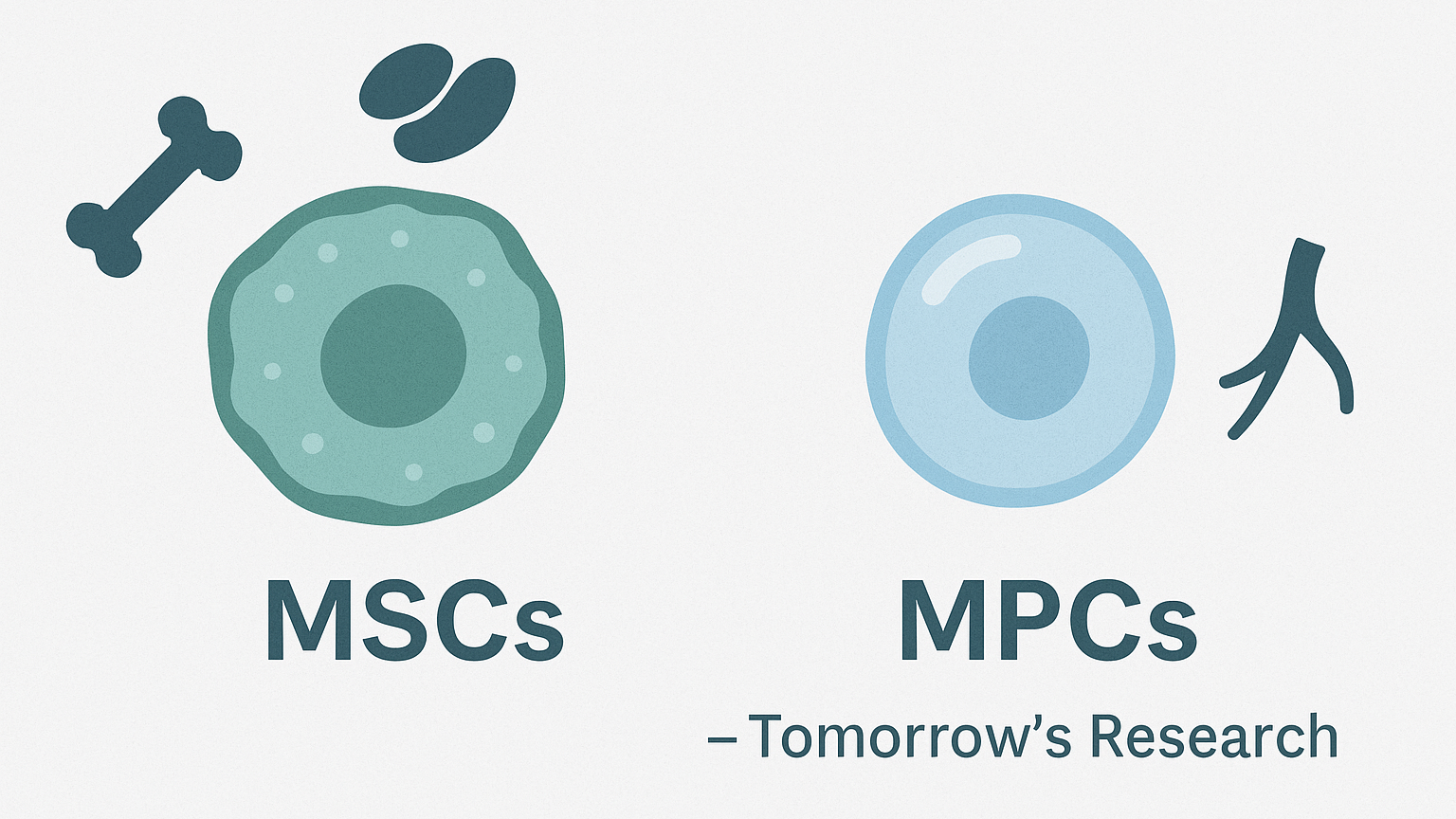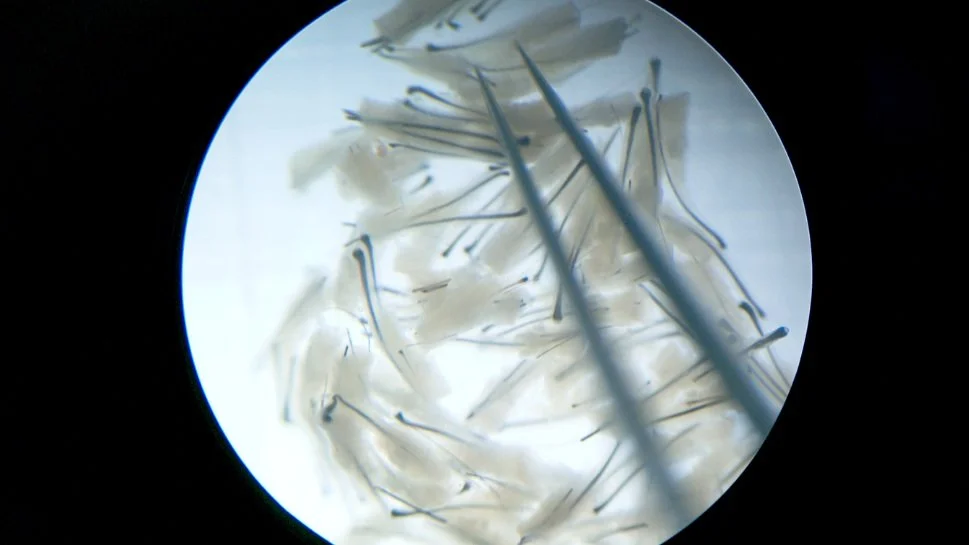Explore Our Learning Center for Hair Loss & Hair Restoration Insights
Search our Learning Center to discover a wealth of valuable information on hair restoration. Whether you're interested in learning about hair transplant costs, the latest advancements like Advanced FUE® and No-Shave FUE™, or understanding the causes of hair loss and ways to stimulate hair growth, we've got you covered. Simply type in your topic of interest and explore expert insights, tips, and guides to help you make informed decisions about your hair restoration journey.
How Many Hair Grafts Are Too Many?
Overharvesting happens when too many grafts are taken from the donor area, leaving visible thinning or no hair left for future procedures. In this article, Advanced Hair Restoration explains how much is “too much,” how safe zones are preserved, and why artistry, planning, and graft density balance matter far more than chasing high numbers.
Male vs. Female Hairlines: Understanding the Key Differences
The hairline is a key indicator of gender and age. The differences between a male vs female hairline are fundamental to facial aesthetics. Understanding these distinctions in shape and height is the foundation of truly natural hair restoration.
Understanding Receding Hairlines: Causes, Prevention, and Treatment
Noticing a change in your hairline can be concerning. For many men and women, a receding hairline is one of the first visible signs of hair loss. But what causes it, and more importantly, what can you do about it?
Minoxidil for Hair Loss: A Comprehensive Guide with FAQs
For many experiencing hair thinning or a receding hairline, the search for an effective treatment often leads to Minoxidil. Widely available and recognized, Minoxidil is one of the few FDA-approved topical treatments for hair loss. But what exactly is it, how does it work, and what can you really expect?
Scalp Inflammation and Hair Loss: The Silent Saboteur
Inflammation is one of the most overlooked causes of hair thinning — and you may not even know you have it. Learn how it affects your scalp, how to calm it, and why it matters for your hair restoration journey.
Dead vs. Dormant Hair Follicles: Can Your Hair Be Saved?
Are your hair follicles gone for good—or just asleep? Discover how to tell the difference between dead and dormant follicles, what can (and can’t) bring them back, and why hair transplants are the only permanent solution once follicles are lost.
Understanding Stem Cells and Hair Growth: MSCs vs. MPCs Explained
Stem cells are driving exciting advances in hair restoration. But not all stem cells are the same. This article explains the differences between MSCs and MPCs, how they support or reactivate follicles, and why therapies like PRP and PP405 matter.
What is PP405: A Promising Discovery in Hair Loss
PP405 is generating buzz as a future hair loss treatment—but it’s still in trials and likely only effective for early-stage hair thinning. Here’s how it compares to proven solutions.
PRP for Hair Loss: What the Science Really Says
Is PRP supported by real scientific data—or just buzz? We review peer-reviewed studies and clinical evidence to uncover what the research actually shows about PRP’s effectiveness in treating hair loss. If you want facts over marketing, this one’s for you.
Do PRP and Red Light Therapy Really Help Improve Hair Graft Survival?
Can PRP or red light therapy make your hair transplant more successful? Learn what the science says—and why Advanced Hair Restoration focuses on what really works for graft survival.
Factors Affecting the Growth and Survival of Follicular Grafts
What makes a hair transplant succeed? Learn the science behind follicular graft survival—from hydration and timing to surgical precision—and how Advanced Hair’s strict protocols give your grafts the best chance to thrive.
When Is PRP for Hair Loss Recommended? What You Need to Know Before You Try It
Not sure whether to try PRP or move forward with a hair transplant? In this article, we break down when PRP may (and may not) be appropriate, what the science says, and why most patients seeking real results ultimately turn to permanent solutions like Advanced FUE®.
Hair Restoration Survey: 2025 Practice Census from the ISHRS
The 2025 ISHRS Census reveals global hair restoration trends—from graft counts to technique preferences. Discover what this means for patients and how Advanced Hair stacks up with expert insights throughout.
FUE vs DHI: What’s the Difference—and Which Hair Transplant Method is Best?
FUE and DHI are both popular hair transplant techniques—but are they really different? Learn how each method works, the pros and cons, and why Advanced FUE® leads the way.
The Truth About Regenerative Hair Loss Therapies: What Patients Deserve to Know
Regenerative therapies like PRP, exosomes, and stem cells are being marketed as cutting-edge hair loss solutions—but how effective are they?
Understanding Hair Plugs: Are They Still Relevant in Hair Restoration?
Hair plugs were the early answer to baldness, but they’re now obsolete. Discover how today’s hair transplant techniques deliver natural, refined results.
Can Women Get Hair Transplants?
Think hair transplants are only for men? Think again. Women experience hair loss too—and they have great options. Discover how modern hair restoration works for women and what to expect during treatment at Advanced Hair.
DHT Blockers for Hair Loss: How They Work and What to Expect
DHT blockers are a popular treatment for pattern hair loss—but do they work? Discover how they function, which ingredients are effective, and how to choose the right option for your hair.
Are All Hair Transplants the Same?
Are all Hair Transplants the Same? While the basic principle involves transferring hair follicles from a donor site to a recipient site, the practice of hair transplantation can vary significantly. Here’s why our approach to hair transplantation is unique and why it matters to you.
Am I a Candidate for Hair Transplant Surgery
Hair transplantation surgery is a transformative procedure that can restore natural-looking hair for individuals experiencing hair loss. However, not everyone is an ideal candidate for this treatment.





















